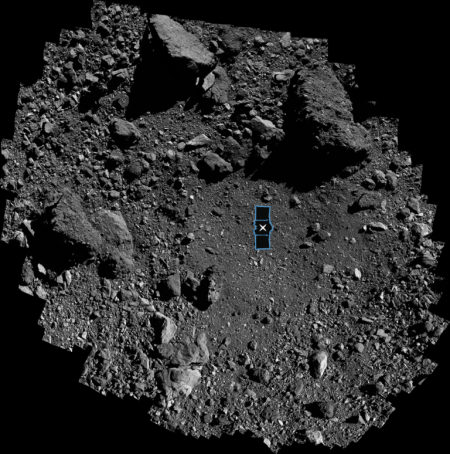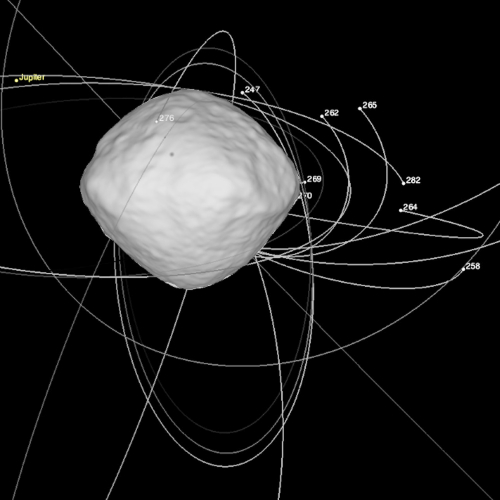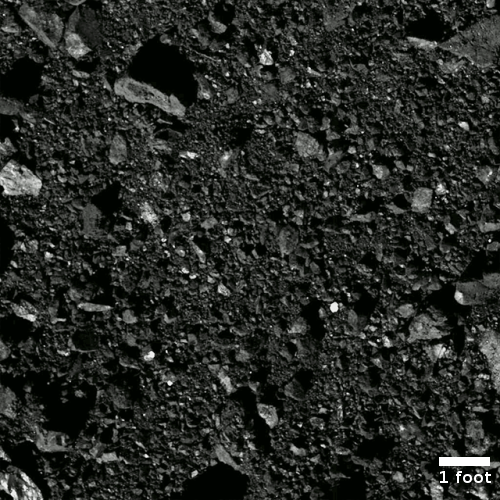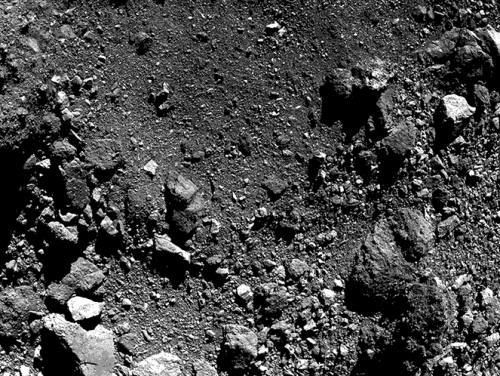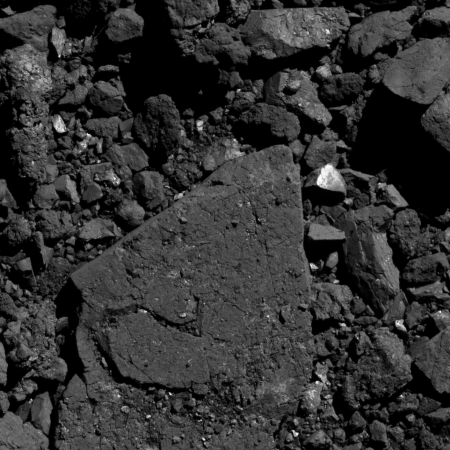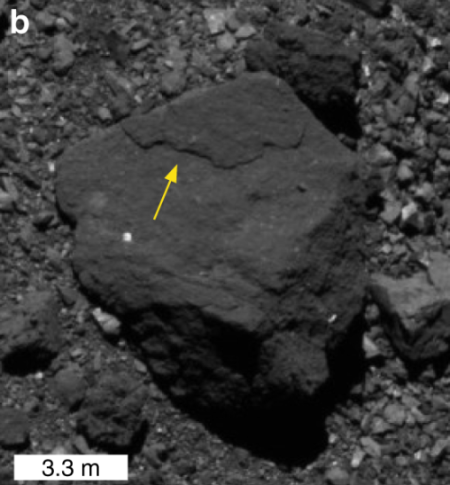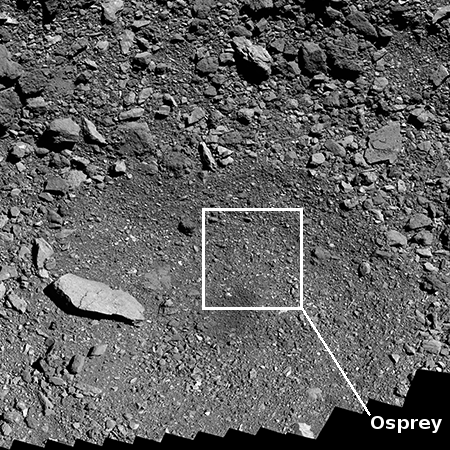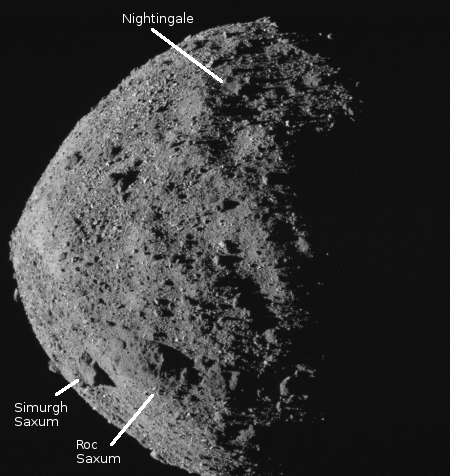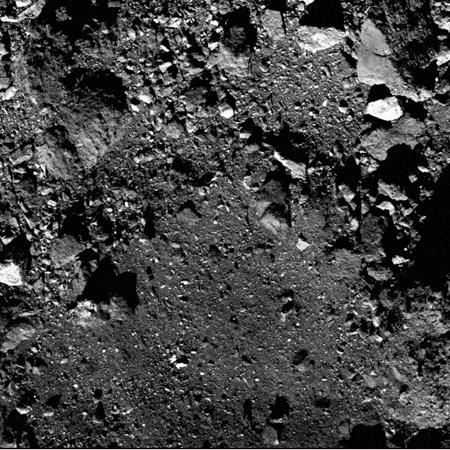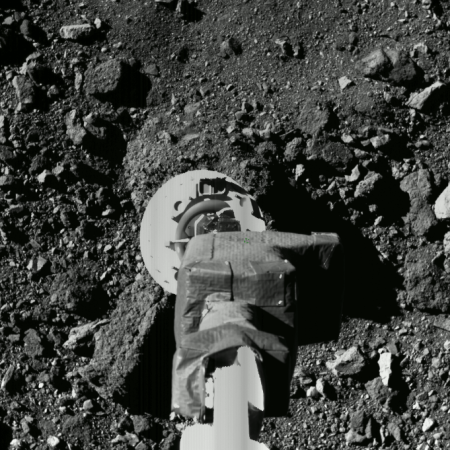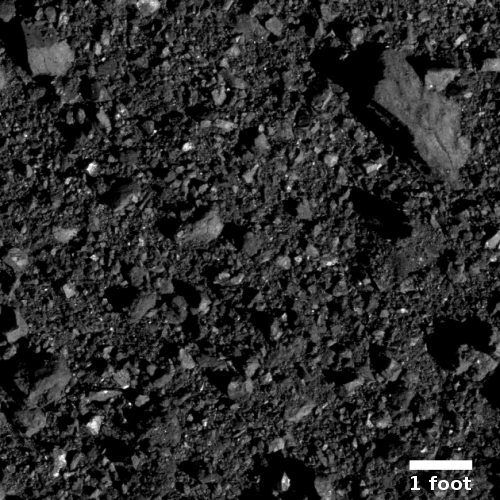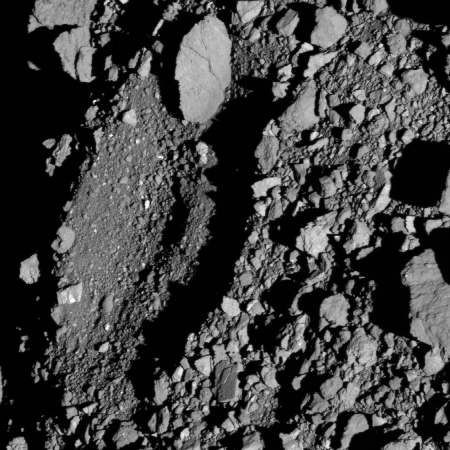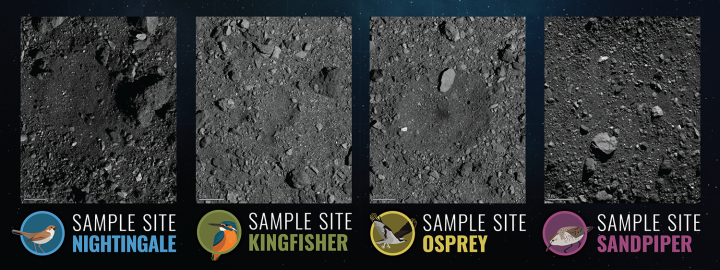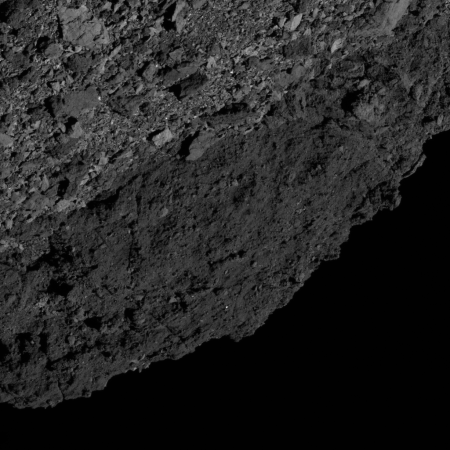NASA announces broadcast schedule for OSIRIS-REx’s sample grab at Bennu
NASA today announced the broadcast schedule that will be available to the public of OSIRIS-REx’s sample grab at the asterod Bennu on October 20, 2020.
Much of the schedule is NASA’s public relations blather, filled with some good information intermixed with a lot of lobbying for the government agency. Much of it will also be the equivalent of watching paint dry, as nothing will be happening quickly.
However, if you wish to watch the important part, tune into NASA TV from 5 to 6:30 p.m on October 20th.
Hosted by Dante Lauretta, OSIRIS-REx principal investigator at the University of Arizona, and Michelle Thaller, science communicator at Goddard, the broadcast will cover milestones in the last 90 minutes leading up to TAG and spacecraft back-away. It will include perspectives from team members and science leaders about the mission’s challenges and accomplishments.
This will be on the public feed. If you find yourself choking on the NASA hype, you can then switch over to the media feed, which will be “A clean feed of the Mission Support Area during TAG [touch-and-go].”
Regardless, the actual attempt will be heart-stopping, because there is a real chance flying rocks from the asteroid’s surface will hit and damage the spacecraft.
NASA today announced the broadcast schedule that will be available to the public of OSIRIS-REx’s sample grab at the asterod Bennu on October 20, 2020.
Much of the schedule is NASA’s public relations blather, filled with some good information intermixed with a lot of lobbying for the government agency. Much of it will also be the equivalent of watching paint dry, as nothing will be happening quickly.
However, if you wish to watch the important part, tune into NASA TV from 5 to 6:30 p.m on October 20th.
Hosted by Dante Lauretta, OSIRIS-REx principal investigator at the University of Arizona, and Michelle Thaller, science communicator at Goddard, the broadcast will cover milestones in the last 90 minutes leading up to TAG and spacecraft back-away. It will include perspectives from team members and science leaders about the mission’s challenges and accomplishments.
This will be on the public feed. If you find yourself choking on the NASA hype, you can then switch over to the media feed, which will be “A clean feed of the Mission Support Area during TAG [touch-and-go].”
Regardless, the actual attempt will be heart-stopping, because there is a real chance flying rocks from the asteroid’s surface will hit and damage the spacecraft.

